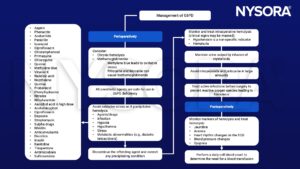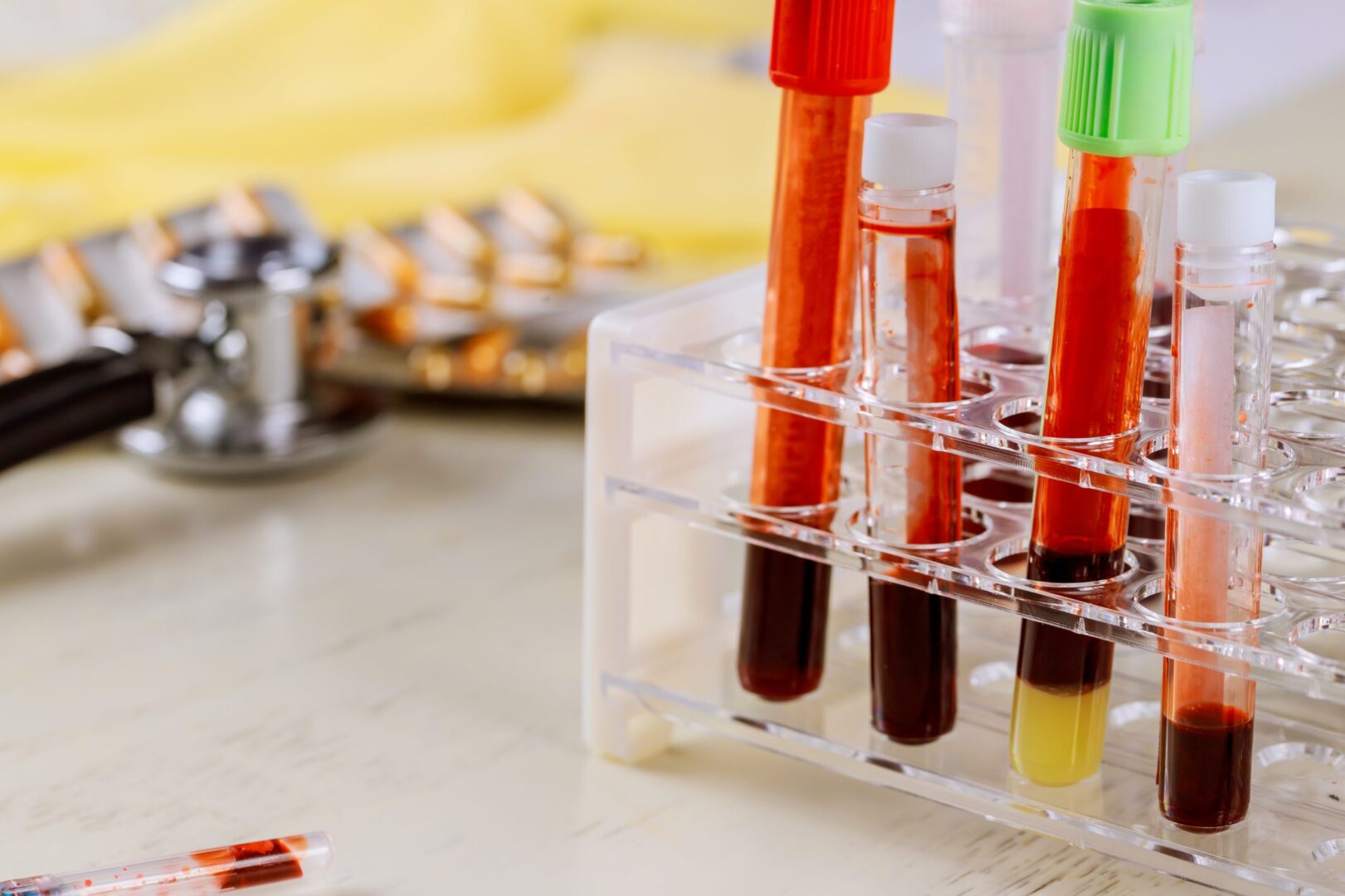Learning objectives
- Describe glucose-6-phosphate dehydrogenase or G6PD deficiency
- Management of G6PD deficiency
Definition and mechanisms
- G6PD deficiency is the most common inherited metabolic disorder of red blood cells (RBCs)
- A genetic X-linked recessive disorder characterized by a lack of G6PD in the blood
- Caused by mutations in the G6DP gene
- GD6P protects red blood cells from reactive oxygen species
- Can cause hemolytic anemia as RBCs are vulnerable to hemolysis
- 400 million people are globally affected and males are affected more often than females
- Particularly common in certain parts of Africa, Asia, the Mediterranean area, and the Middle East
- Affected persons must avoid dietary triggers such as fava beans
- A spectrum of disease: chronic hemolysis, intermittent hemolysis, hemolysis only with triggers, no hemolysis
Signs and symptoms
Most individuals with G6PD deficiency are asymptomatic
- Pale skin
- Jaundice
- Dark-colored urine
- Fever
- Weakness
- Dizziness
- Confusion
- Trouble with physical activity
- Enlarged spleen and liver
- Increased heart rate
- Heart murmur
Triggers
- Foods: fava beans
- Medicines: aspirin, quinine, and other antimalarials derived from quinine
- Mothballs (naphthalene)
- bacterial and viral infections
Diagnosis
- Complete blood count and reticulocyte count: Heinz bodies can be seen in red blood cells
- Liver enzymes: to exclude other causes of jaundice
- Lactate dehydrogenase: elevated in hemolysis
- Haptoglobin: decreased in hemolysis
- A direct antiglobulin test (Coombs’ test): should be negative as hemolysis in G6DP is not immune-mediated
Management

Suggested reading
- Cicvarić, A., Glavaš Tahtler, J., Vukoja Vukušić, T., Bekavac, I., Kvolik, S., 2022. Management of Anesthesia and Perioperative Procedures in a Child with Glucose-6-Phosphate Dehydrogenase Deficiency. Journal of Clinical Medicine 11, 6476.
- Goi T, Shionoya Y, Sunada K, Nakamura K. General Anesthesia in a Glucose-6-Phosphate Dehydrogenase Deficiency Child: A Case Report. Anesth Prog. 2019;66(2):94-96.
- Pollard BJ, Kitchen, G. Handbook of Clinical Anaesthesia. Fourth Edition. CRC Press. 2018. 978-1-4987-6289-2.
- Valiaveedan S, Mahajan C, Rath GP, Bindra A, Marda MK. Anaesthetic management in patients with glucose-6-phosphate dehydrogenase deficiency undergoing neurosurgical procedures. Indian J Anaesth. 2011;55(1):68-70.
We would love to hear from you. If you should detect any errors, email us [email protected]








